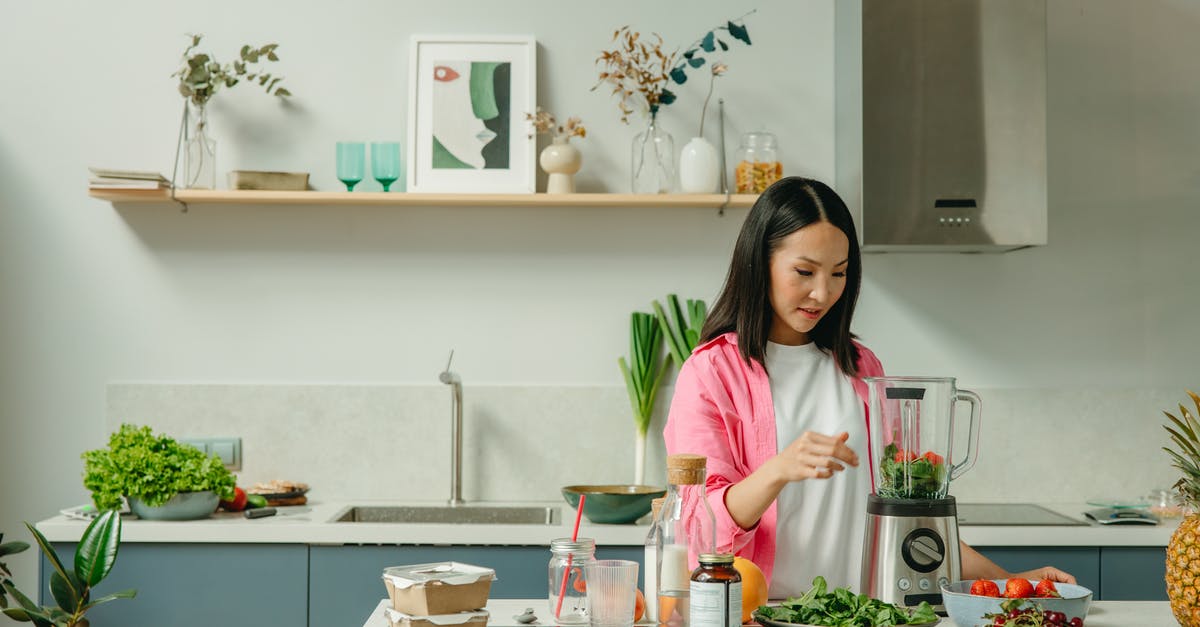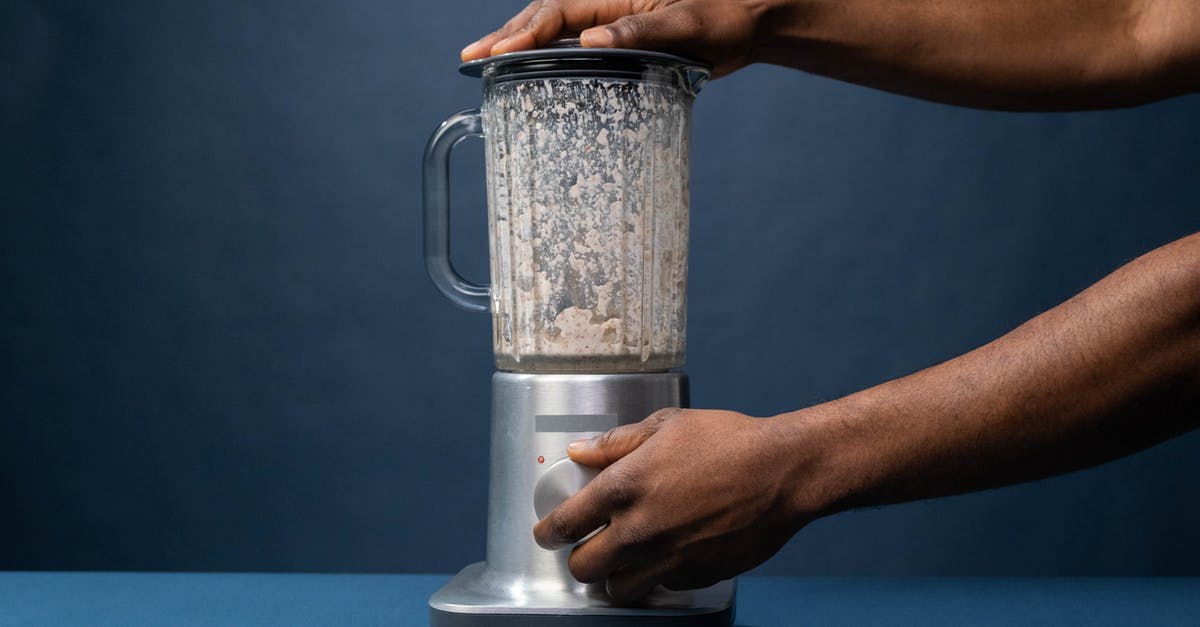Does a 1500W blender produce a less viscous smoothie than a 400W blender?

A less-viscous smoothie is more drinkable, by adults and kids alike. (We assume we add minimal to no water.)
1300W-blenders are touted by sales-folks as Formidable Juice Machines.
Is this marketing hype to justify the significantly higher price tags, or do they actually serve a better purpose than 400W blenders.
No wide survey question is sought here. The question is very narrow.
Is the viscosity of the smoothie (for mangoes, berries, kiwis and other low-fibre food) produced by 1300W blenders noticeably lower than that of 400W blenders? Assume that I add equal amounts of water, and I do not intend to add ice cubes.
Context
A high-powered blender from a good brand may render the price-tag a moot point. What still remains distasteful in high-powered blenders is that they all come with plastic jars. It may well be that the plastic never leeches into the food, but the possibility that it could be happening is disturbing.
Best Answer
The measure you should use for making the smoothest purées is RPM, not wattage. You could put a blender jar on a 4500 Watt floor standing mixer and it wouldn't do anything more than roughly chop some berries (or car tires with that kind of torque.) Assuming the canister and blade designs are good, and it's not drastically underpowered for its speed (something I haven't seen before,) higher RPM blenders will pulverize the contents of the jar much more smoothly than lower RPM blenders. If you're looking for a general puréeing tool, a high-speed blender is what you need; if you're just looking to make juice, a cheap juicer will give you more bang for your buck, and you won't have to strain particularly fibrous juices.
Edit to address your updated question: Irritatingly, the difference between an expensive professional/prosumer high-speed blender and a reasonably priced standard consumer blender is significant. A standard consumer blender, within a reasonable amount of time, would make a slightly pulpy mixture out of soft fruits. In the same time, a high-speed blender could make a velvet-smooth mixture from raw carrots. Your mixture will be much smoother— so much so that some people find the smoothness unpleasant. (As an aside, I'm not sure viscosity is the best word to use... The solid matter will still be there, it will just be in significantly smaller pieces. Uniformity or smoothness I think are better descriptors.)
Edit Again: As KevinNowaczyk pointed out in the comments, "Sheer" is the measurement of thickness in purees.
Pictures about "Does a 1500W blender produce a less viscous smoothie than a 400W blender?"



Does speed matter blender?
You may want a blender with a fast top speed if you make lots of smoothies with fibrous ingredients like kale, which can be harder to fully process at a lower speed. Similarly, a fast blending speed can help achieve smooth nut butter, sauces, and purees.What is considered a high-speed blender?
Common High-Speed Blender Brands. Vitamix is probably the best-known high-speed blender. Blendtec and Ninja are two others. Well-established appliance makers like Breville, KitchenAid, Waring, and Oster have made entries into the high-speed blender market, too.How many speeds do I need on a blender?
While experts say that a three-speed (low, medium, high) blender will do everything you need it to, a good number of blenders offer as many as 10 speeds plus pre-programmed functions, helping you choose whether you need to puree, liquefy, or crush.Can a regular blender make smoothies?
A blender that's not high-speed can handle smoothies that aren't as packed with greens and ice. Asbell's recommendation: \u201cIf you keep your smoothies based on liquids, yogurt, and softer fruits, you can use a lower watt blender. The less power you have, the longer it will take to get a nice smooth blend.SILVERCREST Smoothie-Mixer SSM 175 B2
Sources: Stack Exchange - This article follows the attribution requirements of Stack Exchange and is licensed under CC BY-SA 3.0.
Images: Mikhail Nilov, Yaroslav Shuraev, Chait Goli, cottonbro
